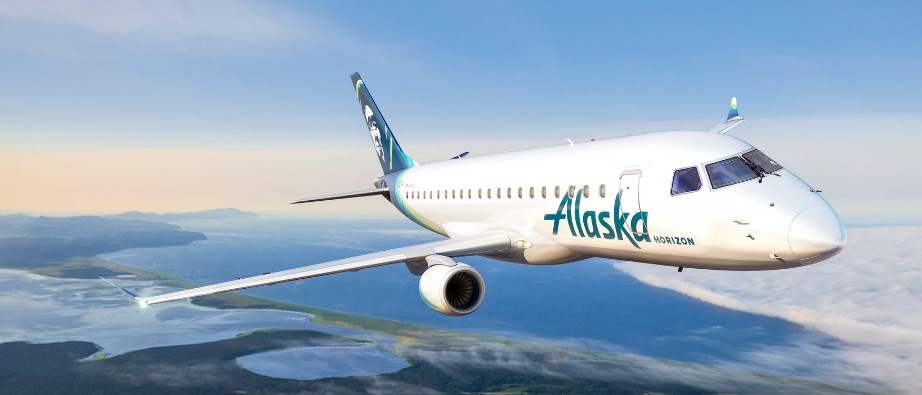As the pristine wilderness of Alaska captivates the world with its natural beauty, there’s a hidden challenge lurking within its vast landscapes — a challenge that affects the most vulnerable among us: expectant mothers and their infants. Maternity care deserts, areas where access to essential maternity services is limited or absent, persist across the state, posing significant risks to the health and well-being of our communities.
Accessible and affordable maternal care plays a crucial role in reducing the risk of pregnancy complications and safeguarding the health and well-being of both the parent giving birth and the fetus. Despite extensive research highlighting the significance of maternal care, the provision of obstetric health services in the U.S. remains inadequate. Remarkably, the U.S. holds the highest maternal mortality rate among high-income countries, despite its substantial health care expenditure. Any county lacking health care facilities offering obstetric care or obstetric providers is classified as a maternal care desert. In the U.S., more than 2 million individuals of reproductive age reside in maternal care deserts, with an additional 3.5 million residing in counties with severely restricted access to obstetric care.
Alaska, with its rugged terrain and remote communities, faces unique obstacles in delivering adequate health care, particularly in maternal and obstetric care. The Alaska Rural Health Plan, implemented in 2001, has made commendable strides in improving access to health care in rural regions, including maternal and obstetric care. However, there’s still much work to be done.
The statistics are sobering—over 75% of Alaska’s communities lack road connectivity to hospitals, leaving expectant mothers in these areas isolated from critical maternity services. This disparity disproportionately affects marginalized populations, including low-income families and people of color, exacerbating existing health inequities.
In Alaska, individuals giving birth encounter exceptionally challenging circumstances regarding maternal care. Across the state, 50% of census areas qualify as maternal care deserts (compared to 32.6% in the entire U.S.), and expectant individuals typically travel an average of 52.4 minutes to reach the nearest birthing facility. In severe instances, pregnant individuals in Alaska may need to travel distances as vast as 830 miles — equivalent to approximately 83 hours — to access the nearest birthing center.
Limited infrastructure and insufficient funding compound the challenges faced by pregnant individuals in accessing health care services, particularly in remote and underserved regions like Southeast Alaska. The scarcity of financial resources hinders efforts to establish and sustain adequate maternal care facilities. Birthing centers, hospitals, and clinics require substantial funding for modern medical equipment, facility maintenance, and hiring trained medical professionals. Without adequate funding, health care providers in remote areas struggle to keep birthing facilities operational or recruit obstetricians to provide specialized care.
Moreover, the lack of funding in maternal care deserts prevents the implementation of comprehensive prenatal and postnatal care programs essential for the health of pregnant individuals and their infants. These programs offer vital services such as prenatal screenings, nutritional support, education, and breastfeeding assistance. Insufficient funding leaves expectant parents without access to essential resources and support.
Furthermore, inadequate funding perpetuates health care access disparities based on socioeconomic status. Marginalized communities and low-income individuals bear a disproportionate burden of maternal care deserts. Limited health insurance coverage and inadequate access to support services exacerbate the inequity stemming from insufficient funding for maternal care in rural communities. Without prioritizing funding initiatives targeting MCDs, vulnerable populations remain vulnerable to adverse maternal health outcomes.
The solution lies not only in bolstering health care infrastructure but also in fostering a collective commitment to address this pressing issue. Telehealth initiatives under the Alaska Rural Health Plan have shown promise in overcoming geographical barriers, allowing pregnant individuals in remote areas to access prenatal care and maternity services remotely. By embracing innovative solutions like telemedicine, we can bridge the gap in health care access and ensure that no mother or infant is left behind.
To truly effect change, we need widespread awareness and support from every corner of our society. It’s time for policymakers to prioritize maternal health and allocate resources towards expanding access to maternity services in underserved areas. It’s time for health care providers to advocate for comprehensive care for expectant mothers, regardless of their geographic location. And it’s time for communities to rally together, demanding equitable access to health care for all.
Together, we can rewrite the narrative of maternity care deserts in Alaska. Let’s envision a future where every expectant mother receives the care she deserves, regardless of where she lives. Let’s commit to building a healthier, more equitable Alaska for generations to come.
Madisyn Parker, born and raised in Alaska, is a graduate student at the University of North Carolina at Chapel Hill, where she is studying maternal, child and family health at the Gillings School of Global Public Health.
The views expressed here are the writer’s and are not necessarily endorsed by the Anchorage Daily News, which welcomes a broad range of viewpoints. To submit a piece for consideration, email commentary(at)adn.com. Send submissions shorter than 200 words to letters@adn.com or click here to submit via any web browser. Read our full guidelines for letters and commentaries here.


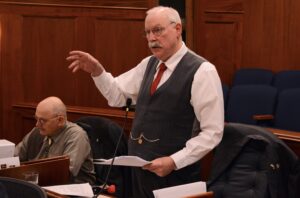
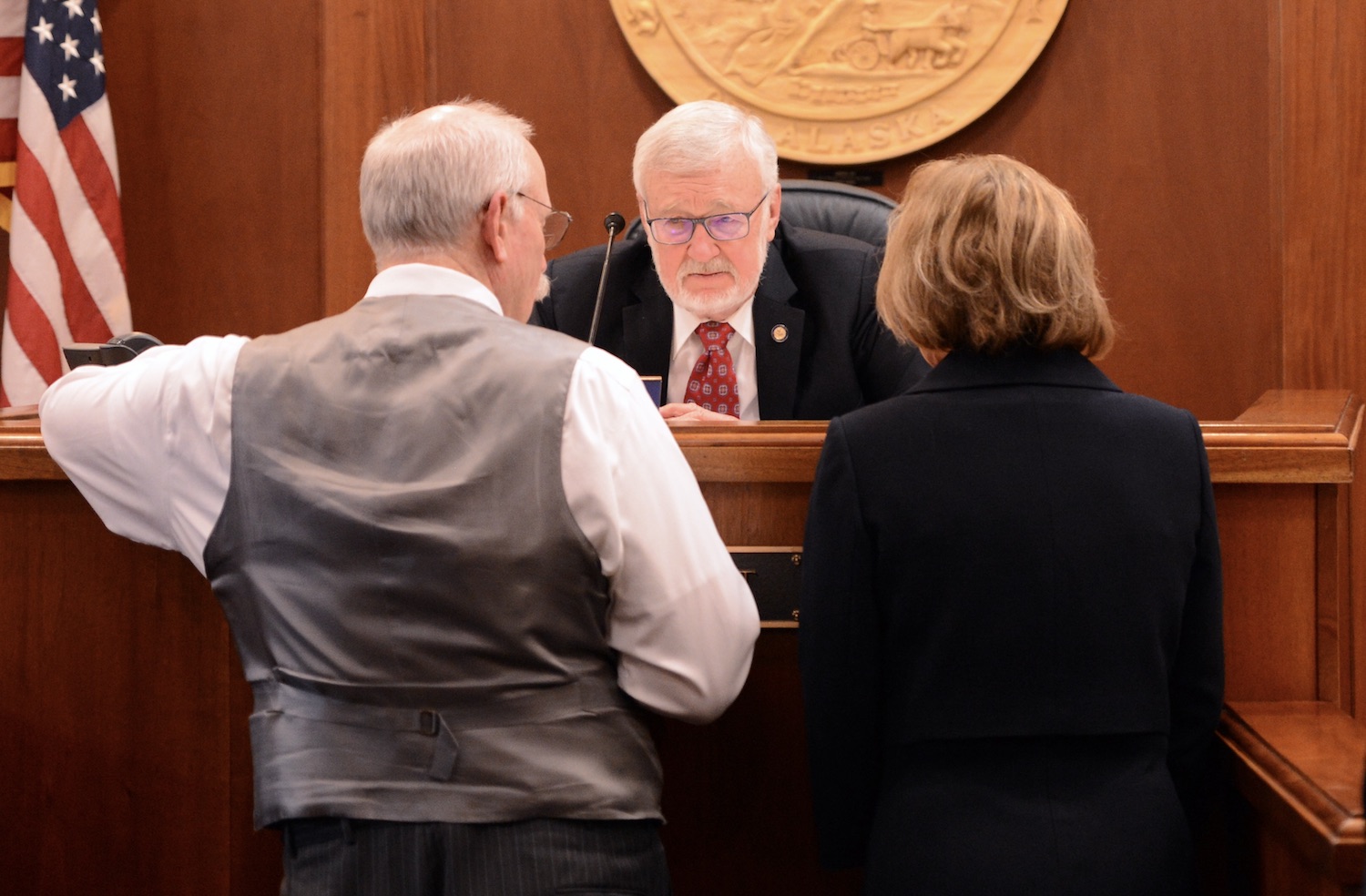
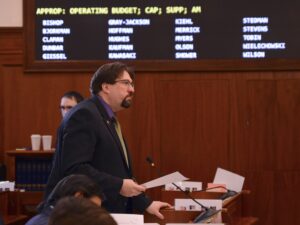
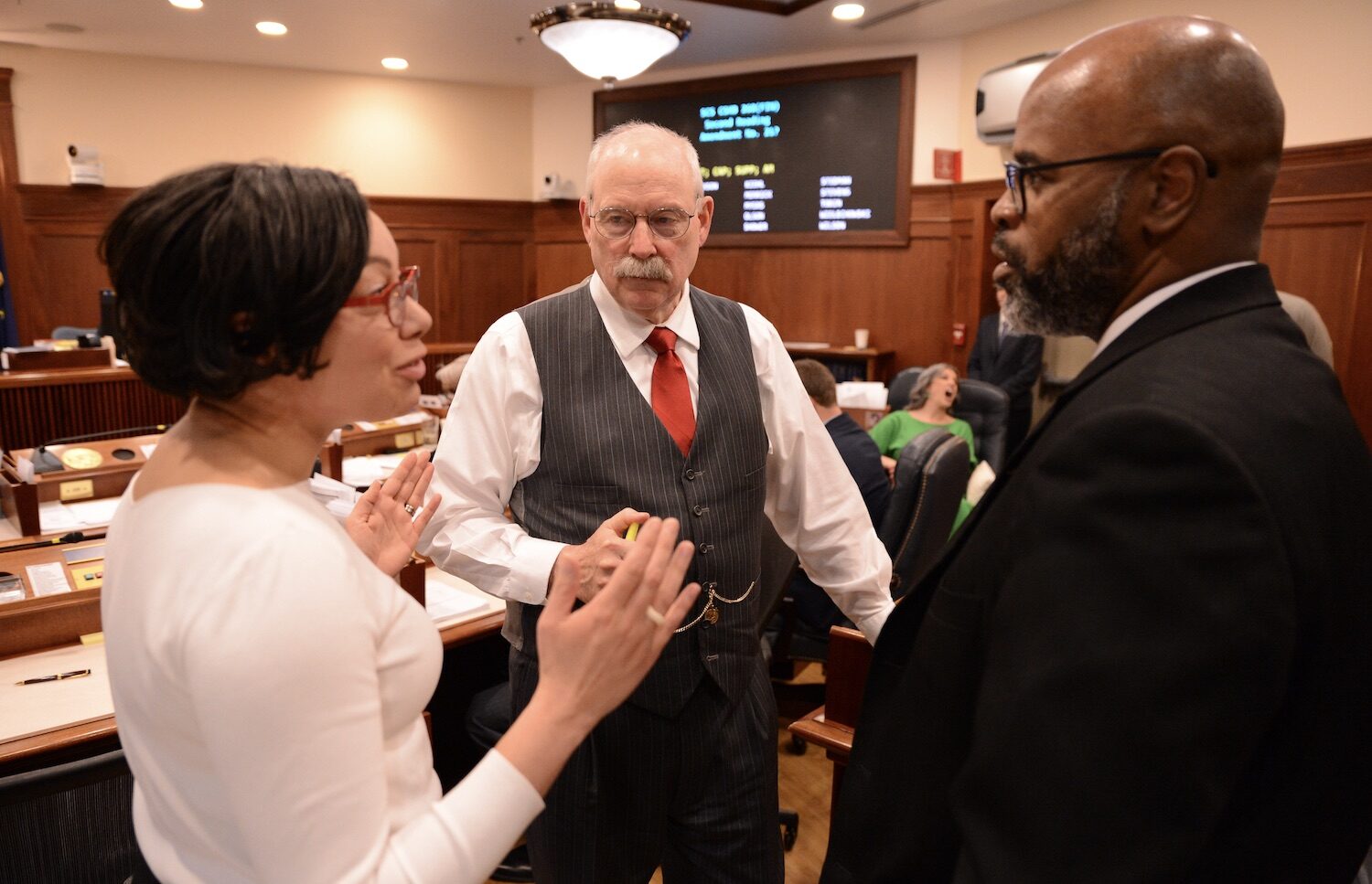






:quality(70)/cloudfront-us-east-1.images.arcpublishing.com/adn/5AEQPGE2QQNFNHAKFGW7TSOQOY.jpg)
